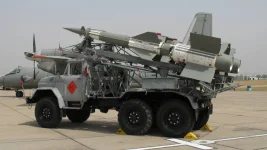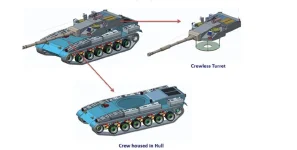- Views: 1K
- Replies: 7
The Indian Air Force (IAF) is set to gradually retire its aging S-125 Pechora (NATO reporting name: SA-3 Goa) surface-to-air missile (SAM) systems by 2030. A mainstay of India's air defence since the 1970s, the Pechora will be replaced by the more modern Akash NG and MRSAM systems as part of the IAF's ongoing modernization efforts.
Originally inducted to protect airfields and critical Ministry of Defence infrastructure, the Pechora has been a workhorse of India's air defence network. With 30 units deployed across the country and 16 squadrons still operational, it has played a crucial role in safeguarding Indian airspace.
In 2016, the IAF implemented upgrades to extend the Pechora's service life. These upgrades included refurbishment, full digitization, and integration with the Integrated Area Command and Control System (IACCS), allowing the Pechora to operate in a networked environment. An upgraded guidance radar was also incorporated to improve tracking and engagement capabilities.
Despite these life-extension efforts, the Pechora is now considered outdated in the face of modern aerial threats. Its phased retirement aligns with the induction of newer, more capable systems like the Medium Range Surface-to-Air Missile (MRSAM), jointly developed by India and Israel, and the Akash Next Generation (Akash NG), an advanced variant of the indigenous Akash SAM.
These modern systems offer superior range, accuracy, and multi-target engagement capabilities, making them better suited to counter contemporary threats such as stealth aircraft, drones, and precision-guided munitions.
While the IAF is working to fully integrate the MRSAM and Akash NG into its air defence network, an immediate extension of the Pechora's service life is necessary to maintain operational readiness. This is a temporary measure to bridge the gap until the replacement systems are fully deployed.



